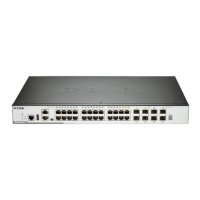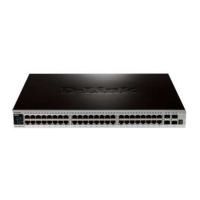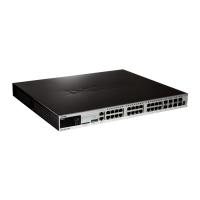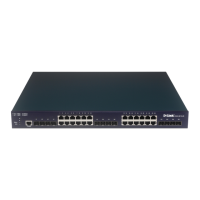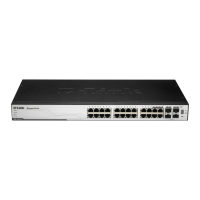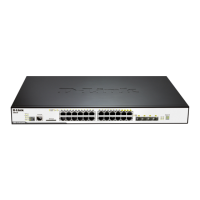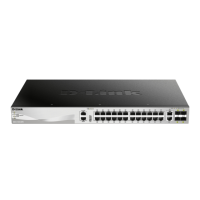DGS-3630 Series Layer 3 Stackable Managed Switch Web UI Reference Guide
230
Parameter Description
VRF Name
Enter the name of the VRF instance here. This name can be up to 12 characters
long.
IP Address
Select and enter the single IPv4 address here.
Network Address
Select and enter the IPv4 network address here. In the first space enter the
network prefix and in the second space enter the network mask.
RIP
Select this option to display only RIP routes.
OSPF
Select this option to display only OSPF routes.
BGP
Select this option to display only BGP routes.
ISIS
Select this option to display only ISIS routes.
Connected
Select this option to display only connected routes.
Hardware
Select this option to display only hardware routes. Hardware routes are routes
that have been written into the hardware chip.
Summary
Select this option to display a summary and count of the route sources configured
on this Switch.
Click the Find button to locate a specific entry based on the information entered.
Enter a page number and click the Go button to navigate to a specific page when multiple pages exist.
IPv6 Static/Default Route
This window is used to display and configure the IPv6 static or default routes.
To view the following window, click L3 Features > IPv6 Static/Default Route, as shown below:
Figure 6-24 IPv6 Static/Default Route Window
The fields that can be configured are described below:
Parameter Description
IPv6 Address/Prefix Length
Enter the IPv6 address and prefix length for this route here. Tick the Default
Route option to use this route as the default route.
IP Tunnel
Select the IP Tunnel option to use the IP tunnel feature and enter the tunnel ID in
the space provided. The range of IDs is from 0 to 9999.
Interface Name
Enter the name of the interface that will be associated with this route here.
Next Hop IPv6 Address
Enter the next hop IPv6 address here.
Distance
Enter the administrative distance of the static route here. This value must be
between 1 and 254. A lower value represents a better route. If not specified, the
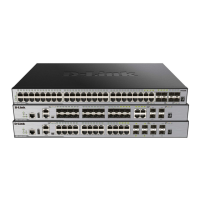
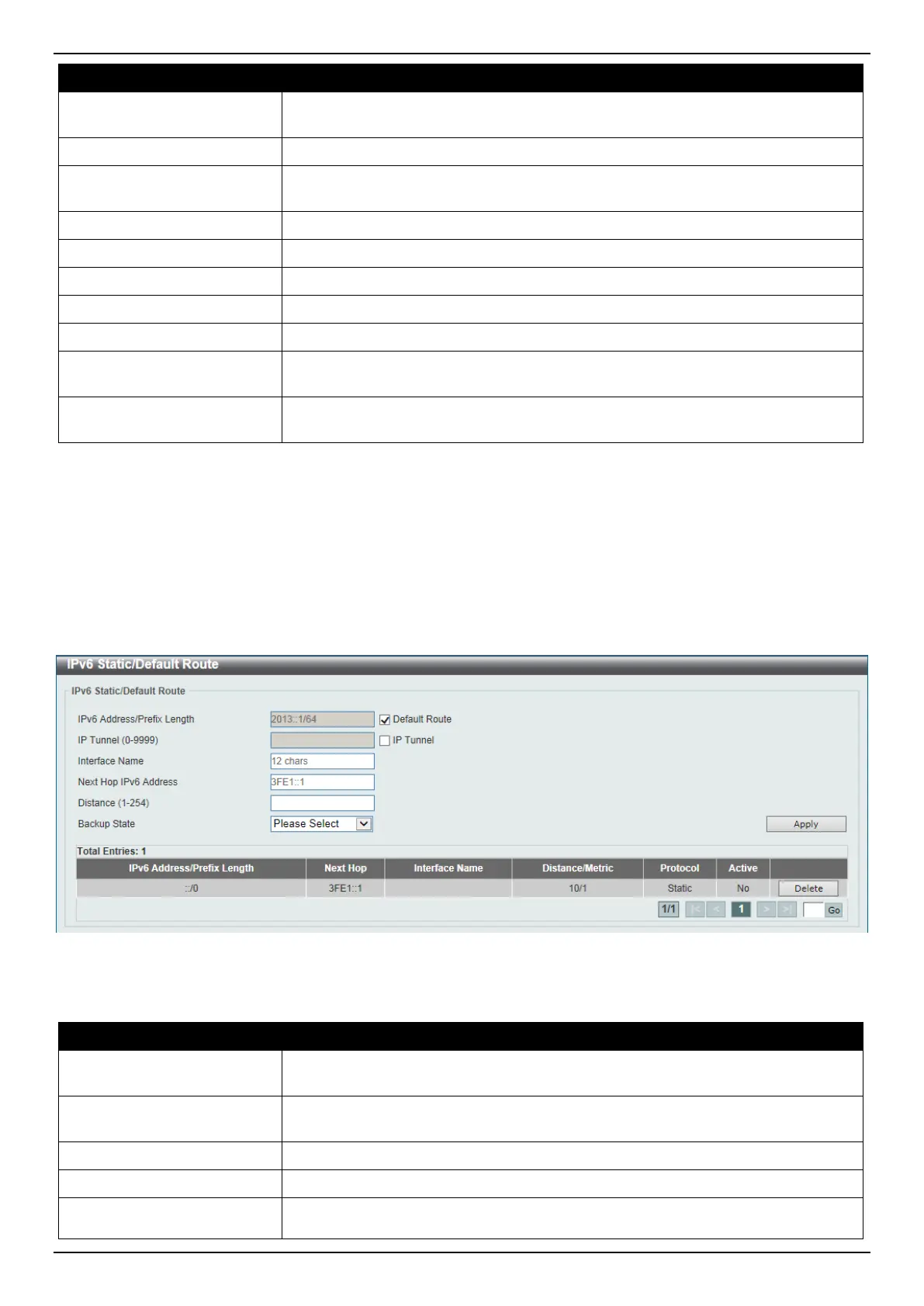